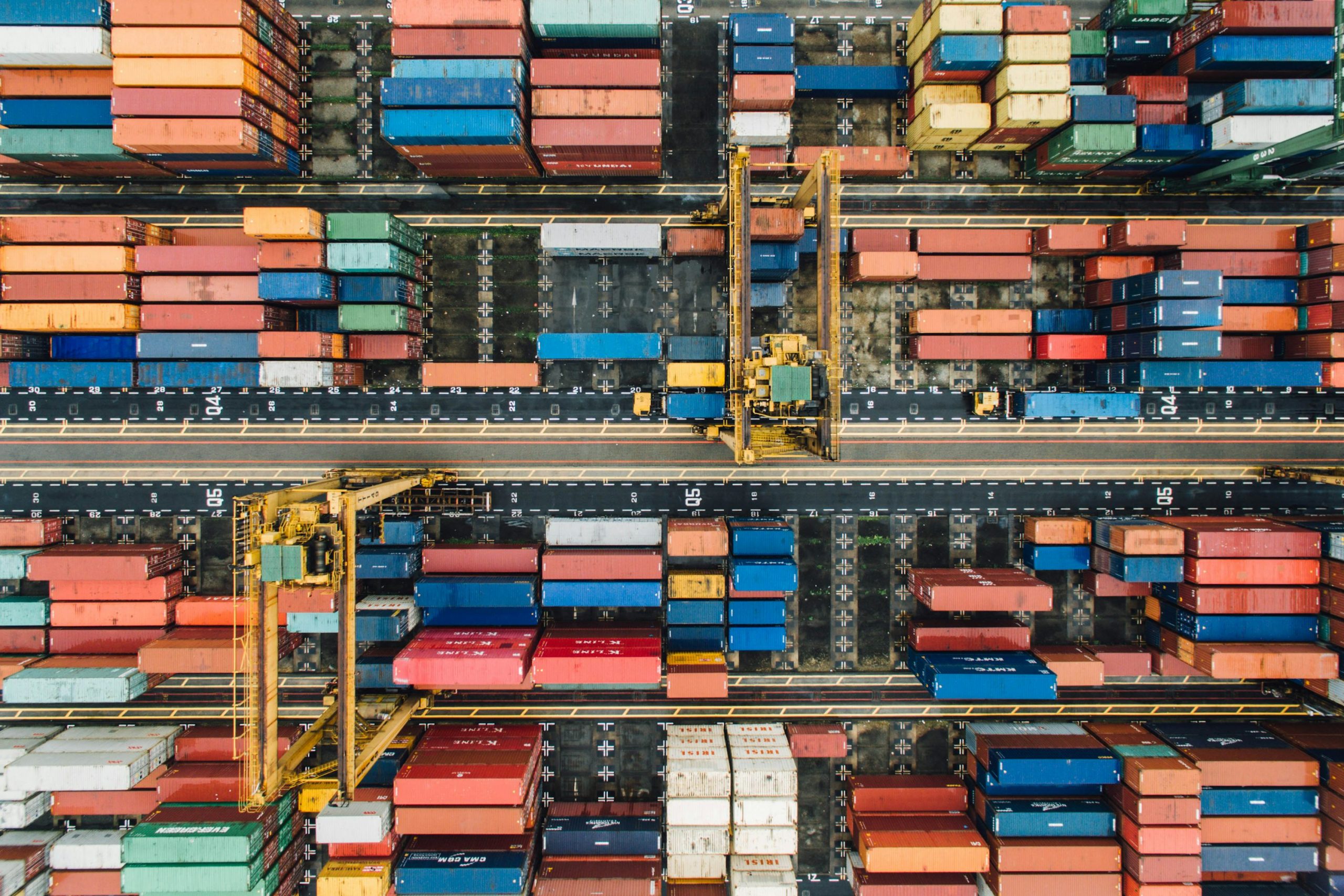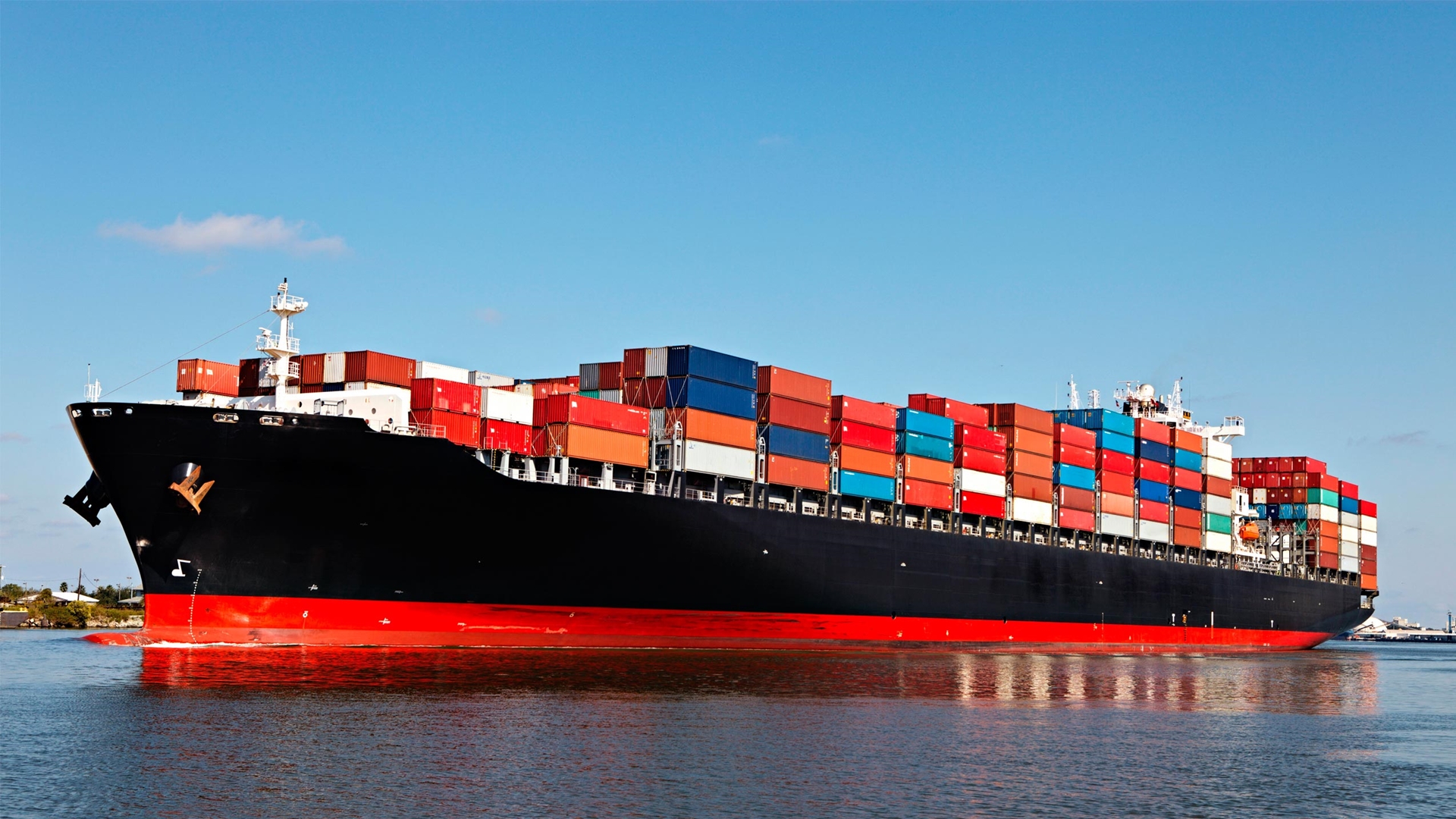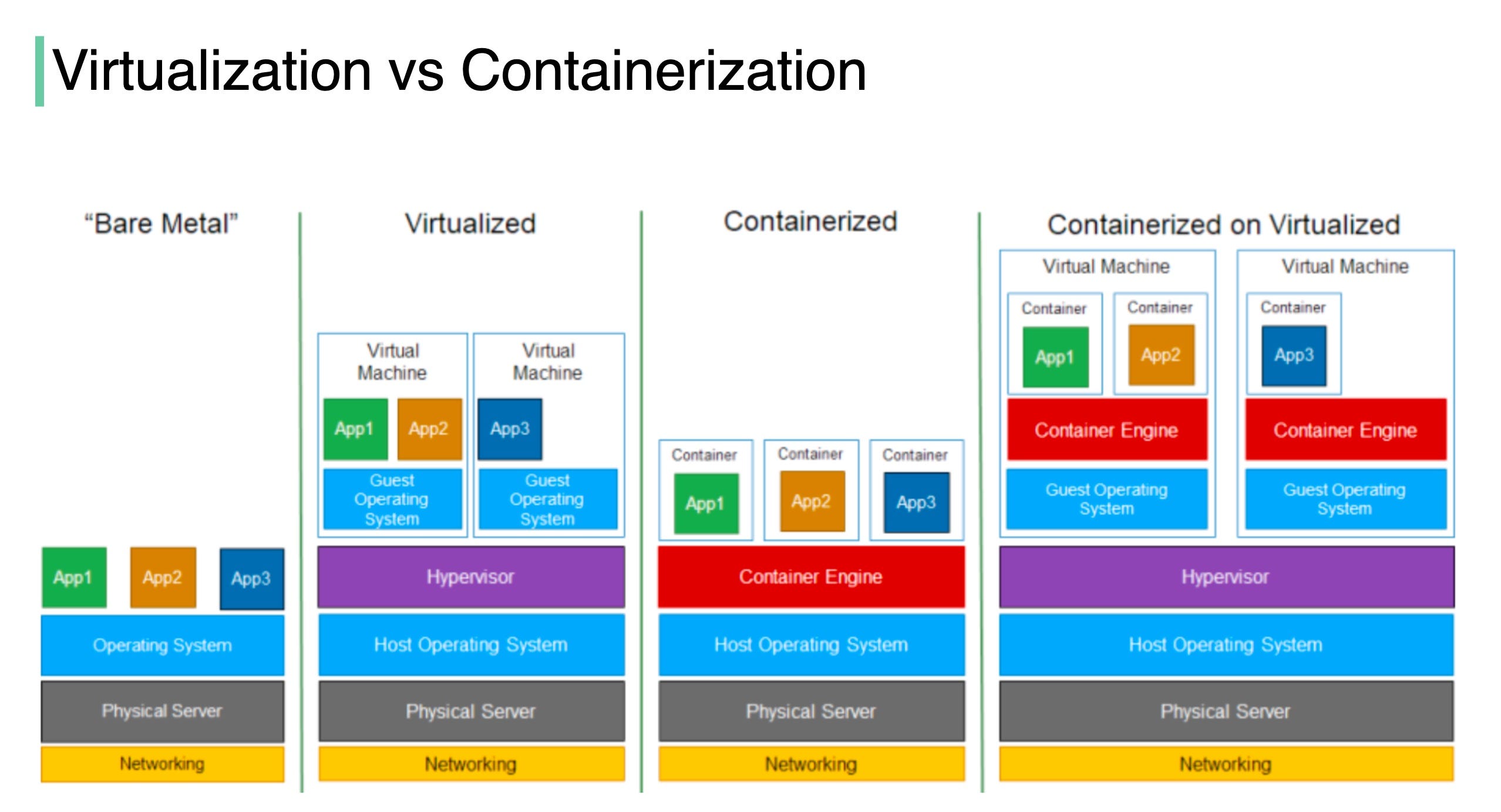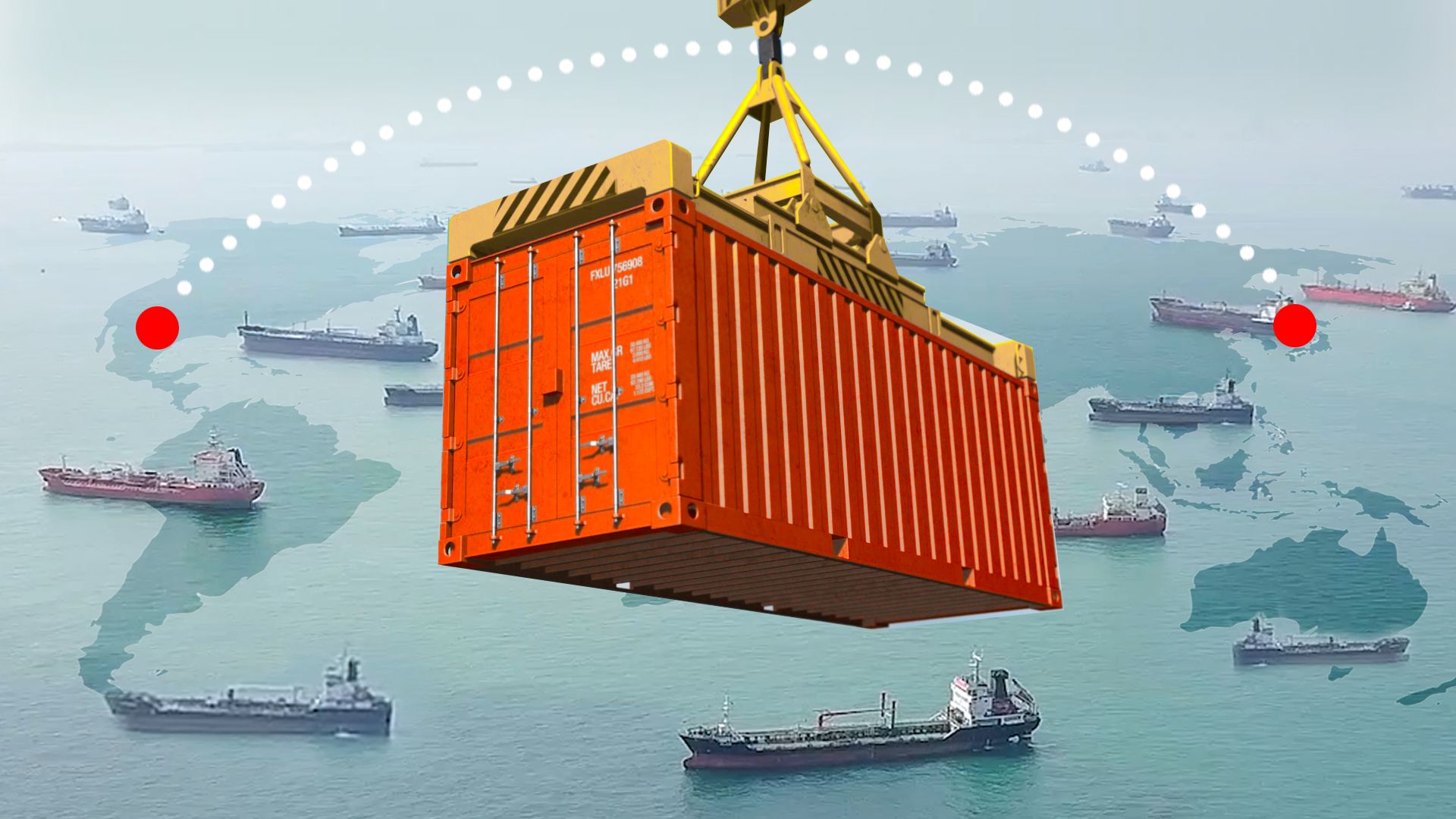Ships have been instrumental in shaping human history, facilitating trade, exploration, and cultural exchange. From simple rafts to modern-day cargo vessels and cruise liners, the evolution of ships reflects the ingenuity and technological advancements of humankind.
Early Beginnings: From Rafts to Sailboats
The earliest forms of water transportation were simple rafts made from logs or reeds. As civilizations advanced, so did shipbuilding techniques. The ancient Egyptians, Greeks, and Romans developed sophisticated sailing vessels, powered by wind and human effort. These ships were used for trade, warfare, and exploration.
The Age of Sail: Exploration and Commerce
The Age of Sail, spanning the 15th to 19th centuries, marked a golden era for shipbuilding. Large sailing ships, such as galleons and caravels, enabled explorers to venture into uncharted waters. These vessels played a crucial role in the Age of Discovery, leading to the colonization of new lands and the global exchange of goods and ideas.
The Steam Age: A Revolution in Maritime Transport
The invention of the steam engine revolutionized shipbuilding. Steam-powered ships could travel at much higher speeds and were not reliant on wind. This led to a significant increase in maritime trade and the development of steamship lines. The Suez Canal, opened in 1869, further shortened travel times between Europe and Asia.
The Modern Era: Diesel-Powered Giants
In the 20th century, diesel engines replaced steam power, leading to the development of larger and more efficient ships. Cargo ships, tankers, and container ships became the backbone of global trade. Cruise ships emerged as popular leisure vessels, offering luxurious experiences and entertainment.
The Future of Shipping: Sustainability and Innovation
The future of shipping is focused on sustainability and technological innovation. Efforts are underway to reduce the environmental impact of shipping, including the development of cleaner fuels and more efficient engines. Autonomous ships and advanced navigation systems are also being explored to improve safety and efficiency.
As technology continues to advance, the evolution of ships will continue to shape the way we connect, trade, and explore the world.





